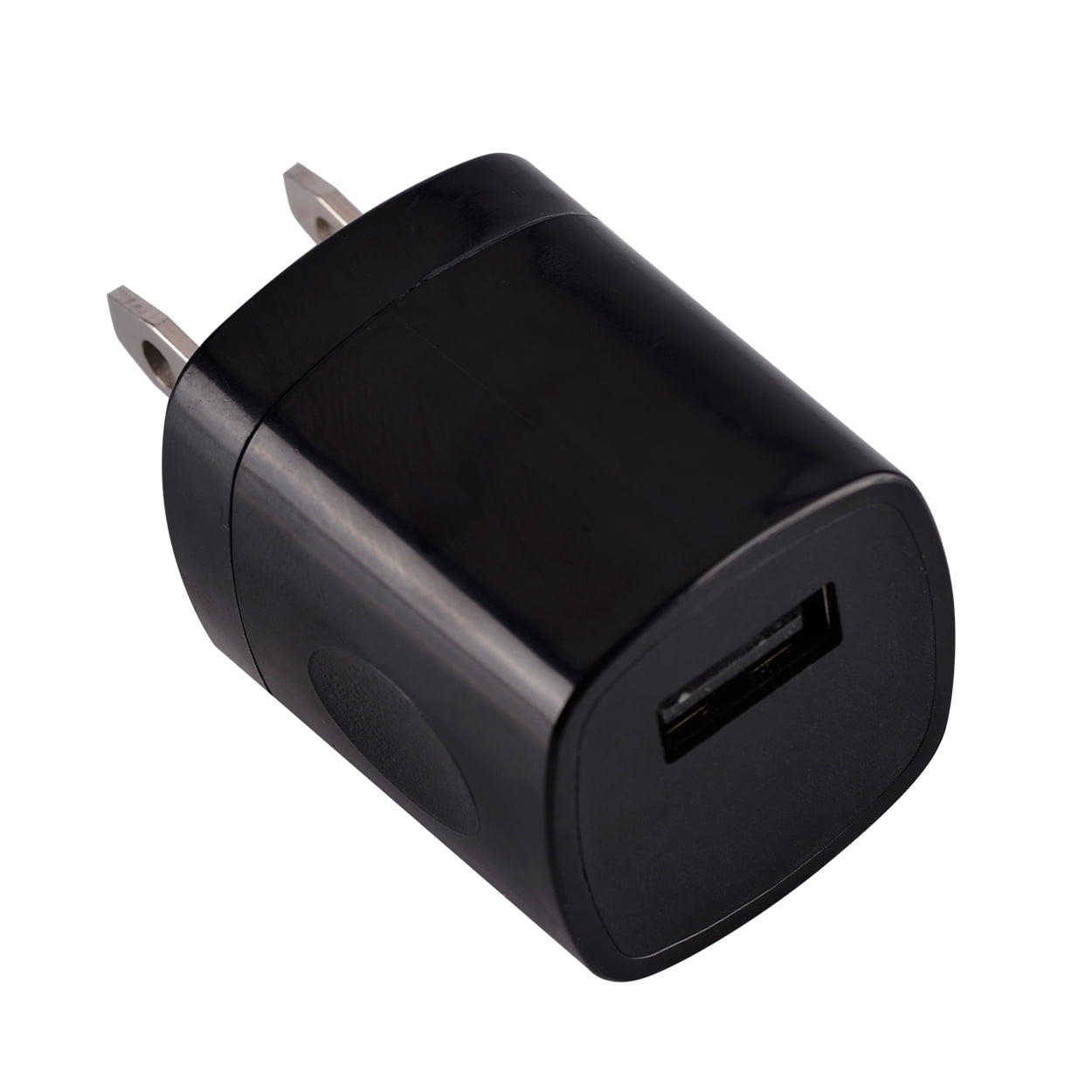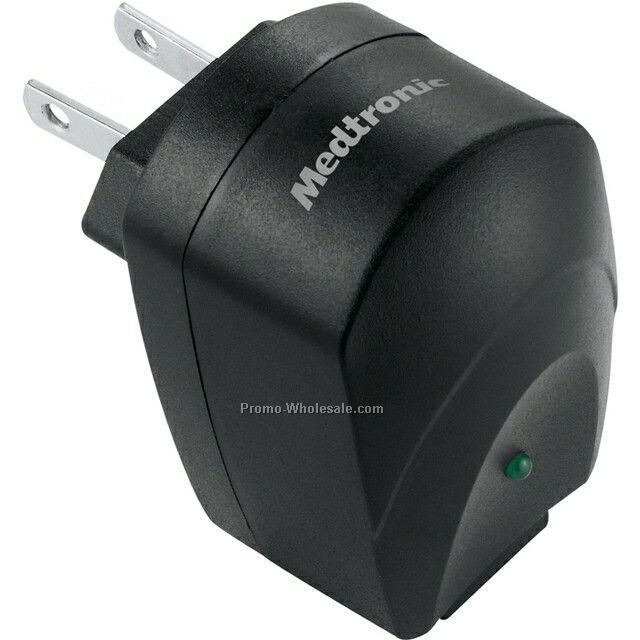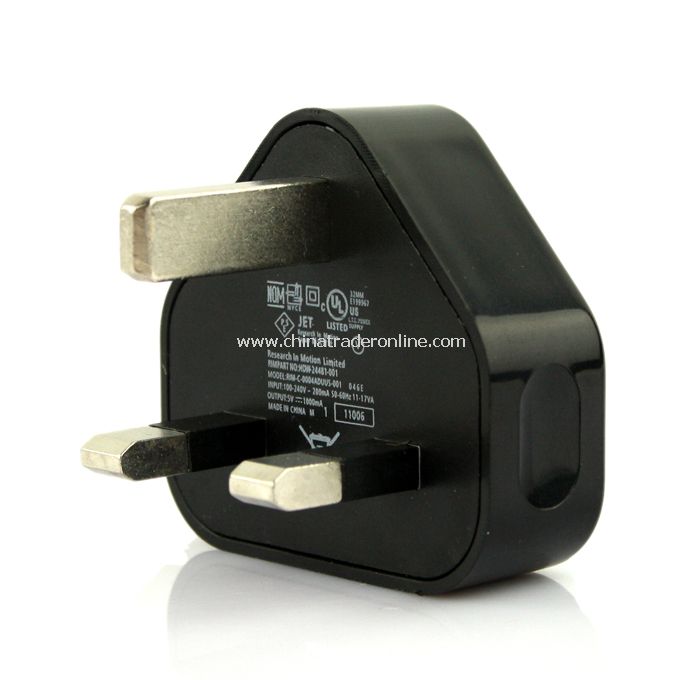
USB-C could optionally support BFSK on Vbus for communication with USB-A ports which meant that to assure compatibility the cables would have to translate the PD negotiation, or do no PD negotiation at all and supply only the default 5 volts.Īt the same time USB-PD 1.0 was introduced so where a couple competing systems for negotiating power over USB-A. USB-C had a different means to handle PD negotiation, the Configuration Channel, which used a different protocol called BMC. USB-PD 1.0 was not required for USB-A but it was required for USB-C, and that likely affected adoption. Another problem was that the cables would have to be certified for this higher voltages and current, meaning the cables would have to be built for this as well have a means for the USB controller to know that the cables met the spec. One issue I heard was that the communication was not well isolated and so one device could have this power negotiation induced onto an adjacent port and that device would see it's voltage change even though it made no such request. Use of USB-PD on USB-A was short lived, and I am not aware of seeing any devices that operated in this manner.


There were no extra pins for this negotiation, the communications was by BFSK modulated signals sent on the Vbus and Vgnd lines. If one were to look long and hard enough for the specifications on USB Power Delivery version 1.0 then you will see a means by which a compliant source and sink could negotiate up to 20 volts at 5 amps on a USB-A connector. Note 1: Other such proprietary standards exist. To do so requires some other proprietary technology that deviates from the standard. That was possible based on using resistor values on the data lines to select power delivery current levels.Īs far as I'm aware using USB-A connectors to deliver (or select) higher voltages is not possible under the official USB standard, power delivery or otherwise. There was a power delivery extension to USB 2.0, however that was essentially just allowing USB 2.0 ports to provide a higher current (>2A), but still not exceeding 5V. It is not the same as the USB power delivery specification. Instead it uses Qualcomm® Quick Charge 3 (Note 1), which is a proprietary technology that is not officially part of the USB specification. However, that particular charger is not using USB power-delivery to do so. 7A or 12V 1.25A when attached to the phone using a USB-A to USB-C cable.

From a physical connector rating standpoint, it is possible to use a USB-A port for delivering more than the standard 5V - the quick charger for my phone (HTC brand) does just that.


 0 kommentar(er)
0 kommentar(er)
